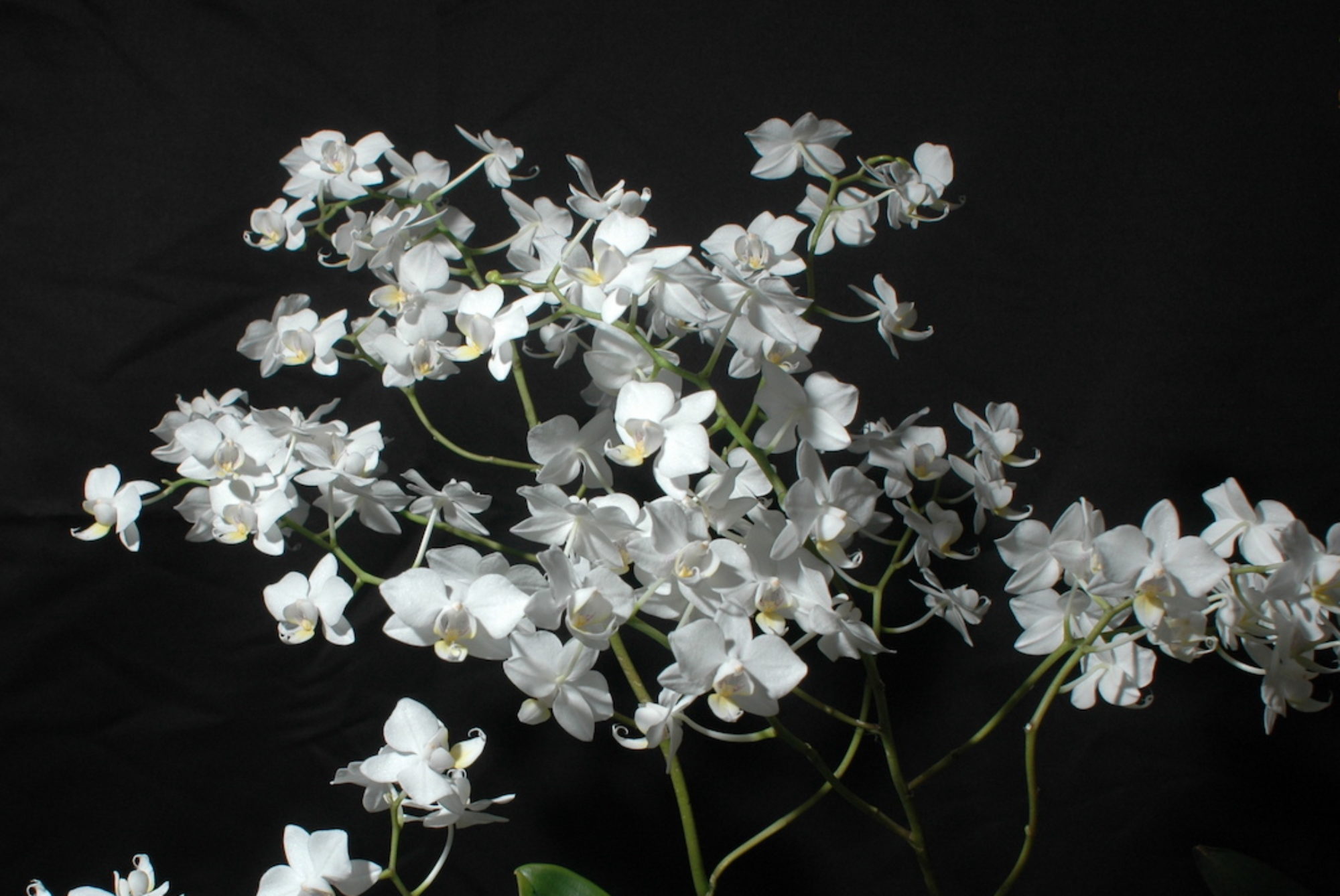Using a larger device to view documents if the PDF Viewer is not supported.
Conservation Corner 2024
Using your mouse to scroll the document up and down to read more if that document contains more than one page. or
Pressing arrow left or right ◀ ▶ on your keyboard to swipe through all documents.


